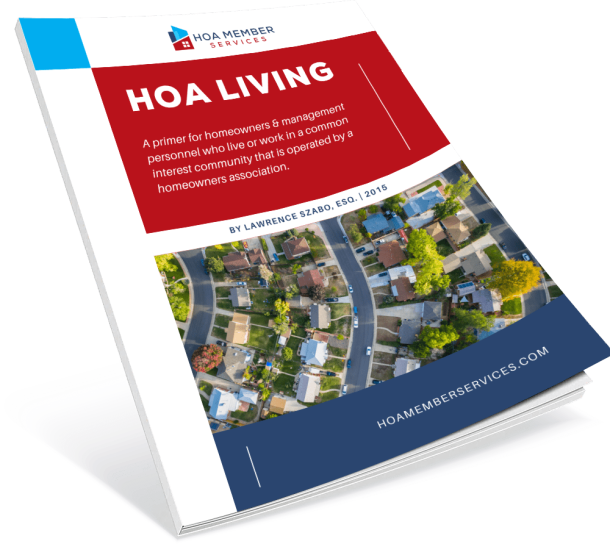Rules Relating to the Interpretation of HOA Governing Documents
- Governing Documents
Homeowners’ associations (HOAs) operate within a framework of governing documents that dictate everything from property maintenance standards to community regulations. However, these documents—particularly the Covenants, Conditions, and Restrictions (CC&Rs)—are often lengthy, complex, and filled with legal jargon that can be difficult for the average homeowner to interpret. To make matters more challenging, conflicts may arise between different governing documents or even between HOA rules and state statutes.
To help board members, homeowners, and management personnel navigate this legal maze, it is crucial to understand the fundamental principles of interpreting HOA documents. Let’s break down the key rules and hierarchy that determine how HOA provisions should be applied.
HOA Governing Documents vs. State and Federal Laws
When HOA regulations and government statutes address the same subject, statutory language often clarifies whether it takes precedence. Here’s how to identify when a law overrides HOA rules:
- If a statute contains language like “notwithstanding any provision of the governing documents to the contrary” or “no governing document shall…”, then the statute supersedes any conflicting HOA rule.
- The use of the word “shall” in a statute also indicates a mandatory:
Subscription Required to Continue Reading
To view the full HOA Featured Article, you must have a Subscription with HOA Member Services
Become a Member
Personal Monthly
-
Access to over 600 Articles & Case Decisions
-
Access to hundreds of Resources
-
HOA Newsletter
-
Free Copy of HOA LIVING
-
25% OFF Download Forms
-
1 User
Personal
-
Access to over 600 Articles & Case Decisions
-
Access to hundreds of Resources
-
HOA Newsletter
-
Free Copy of HOA LIVING
-
25% OFF Download Forms
-
1 User
Pro
-
Access to over 600 Articles & Case Decisions
-
Access to hundreds of Resources
-
HOA Newsletter
-
Free Copy of HOA LIVING
-
Free Unlimited Access to Download Forms (save $1000s!)
-
Unlimited Personal Support from HOA Attorney
-
1 User
HOA Team
-
Access to over 600 Articles & Case Decisions
-
Access to hundreds of Resources
-
HOA Newsletter
-
Free Copy of HOA LIVING
-
Free Unlimited Access to Download Forms (save $1000s!)
-
Unlimited Personal Support from HOA Attorney
-
Up to 10 Users

